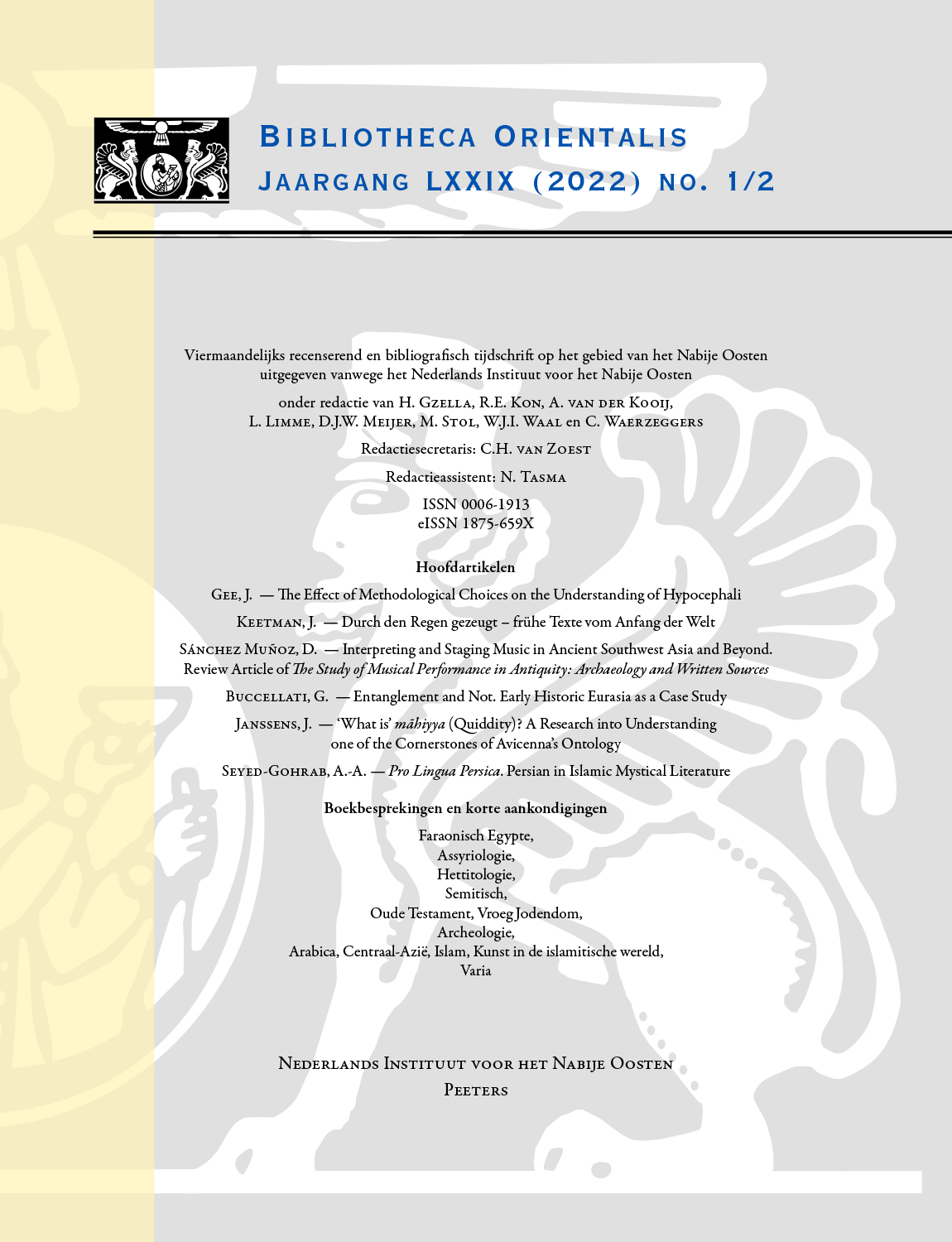 previous article in this issue previous article in this issue | next article in this issue  |

|
Document Details : Title: Astronomy - Astrology in Mesopotamia Author(s): BROWN, D. Journal: Bibliotheca Orientalis Volume: 58 Issue: 1-2 Date: januari - april 2001 Pages: 41-59 DOI: 10.2143/BIOR.58.1.2015707 Abstract : When Schumann reviewed Chopin’s Op.28 The Preludes on their first publication in 1839, he remarked: “Philistines must keep away!” The same could be said of Hunger and Pingree’s Astral Sciences in Mesopotamia. Only after some years of immersion in the intricacies of cuneiform language, and of wading through the difficulties of the mathematical methods employed, can some understanding of the Mesopotamian astral material be gained. And if these documents are to be appreciated not only in their own terms, but in terms of their rôle and importance when first written, prolonged exposure to what is known of ancient Mesopotamian culture is all-important. None of this is remarkable for so esoteric a discipline as Assyriology. It is, however, still noteworthy so far as Mesopotamian astronomy, in particular, is concerned, and goes to the heart of the problem lying behind Astral Sciences. Descriptions of cuneiform astronomy and astrology made by scholars who know little of the discipline because they have been unprepared even to go to the effort of reading the better secondary sources, let alone the primary ones, appear in every third rate “history of science” book. There are in effect two Mesopotamian astral sciences — the one that exists in the opening chapters of these general histories, and which relies on regurgitated interpretations of the excellent, but now dated, Science Awakening 2: The Birth of Astronomy (1974) by B.L. van der Waerden, or even O. Neugebauer’s (1957) The Exact Sciences in Antiquity (2nd edition) - and the one guarded by Assyriologists and a very few historians of astronomy. |
 |
